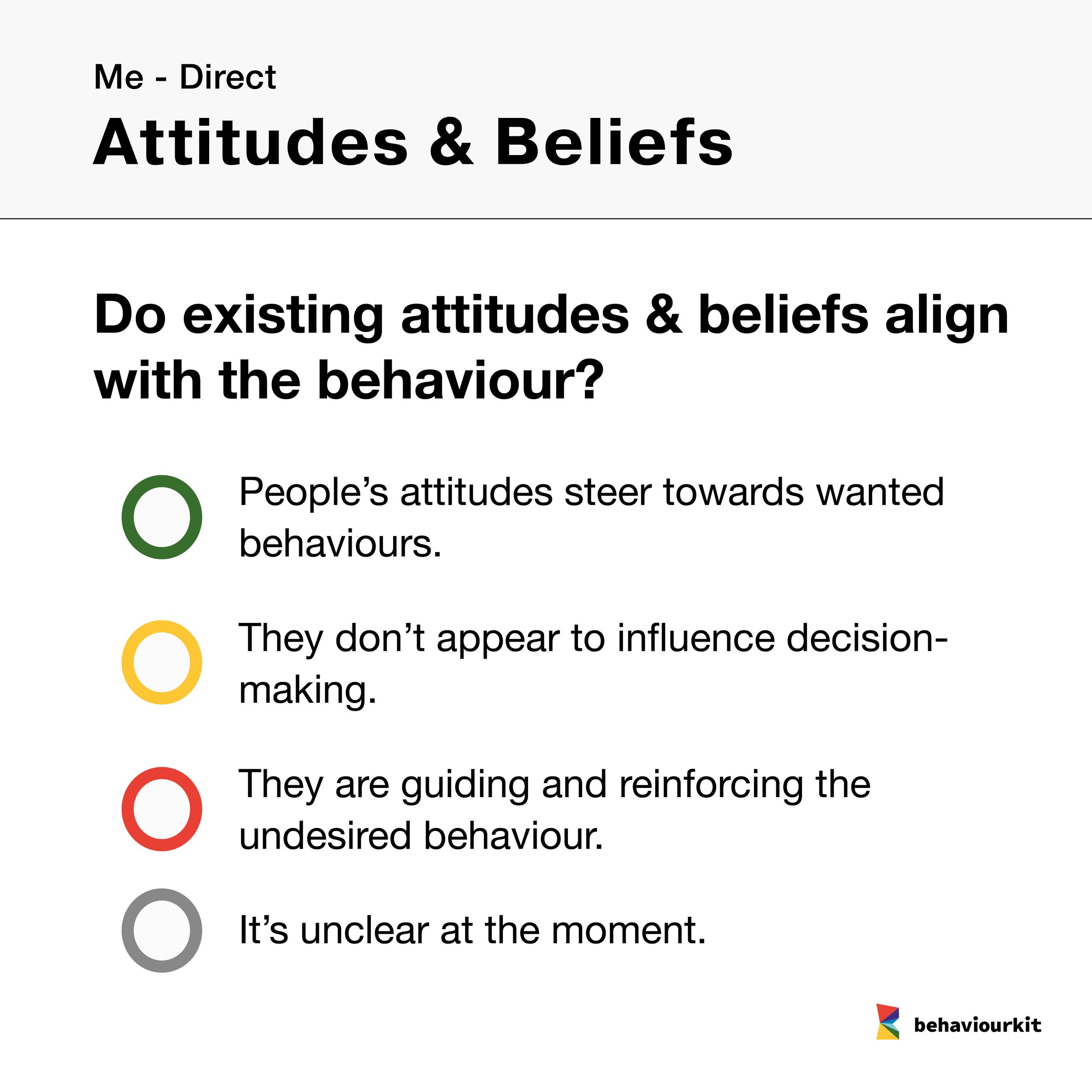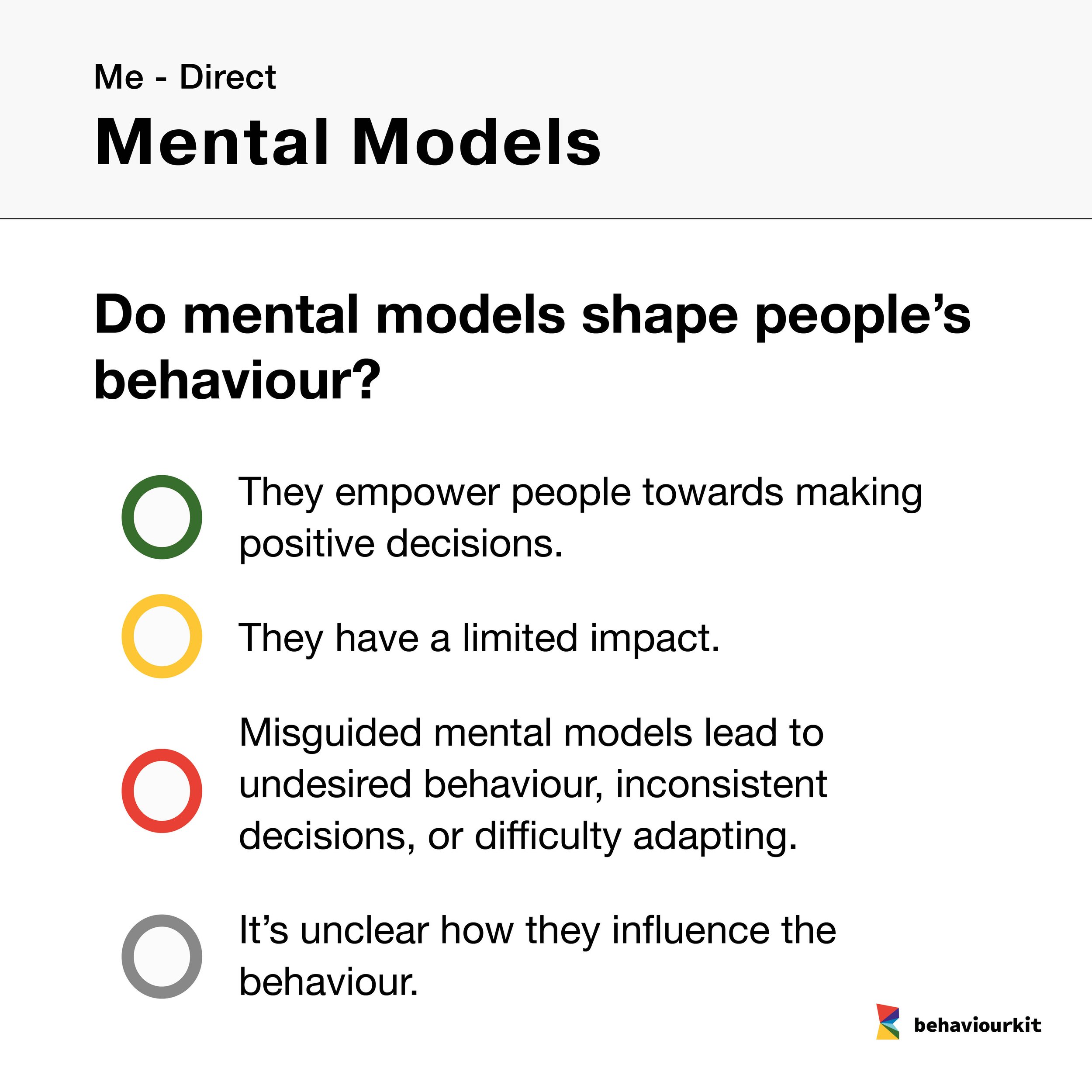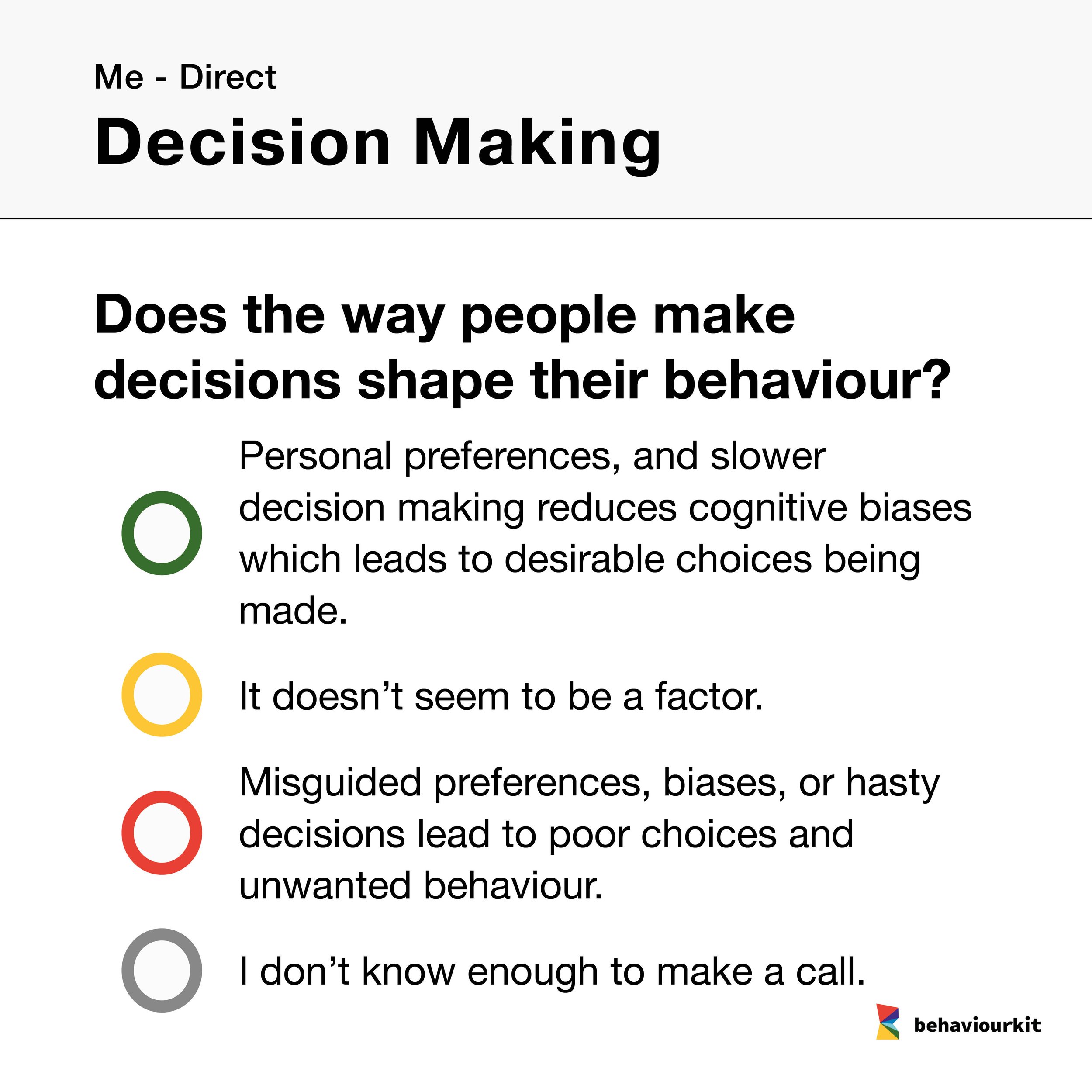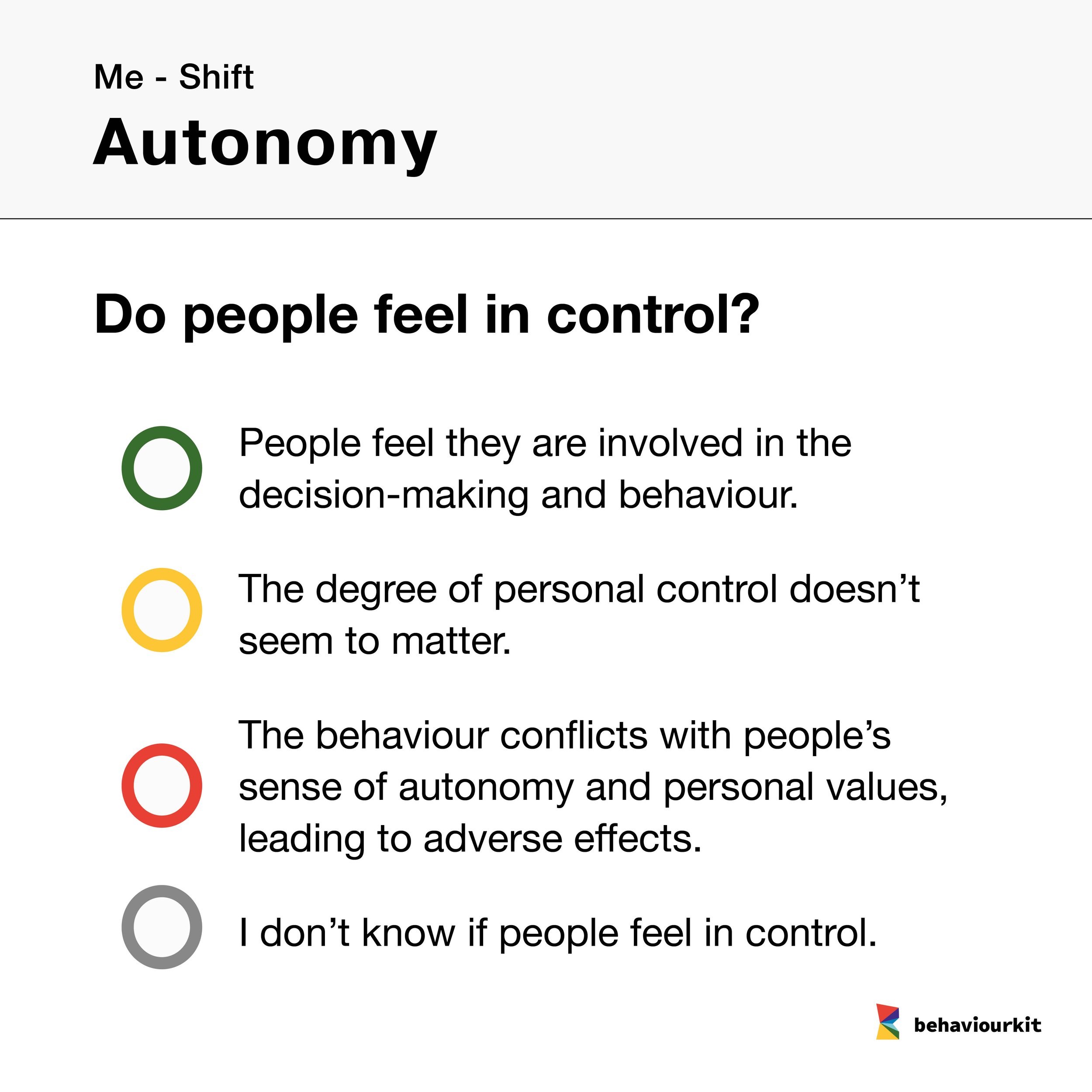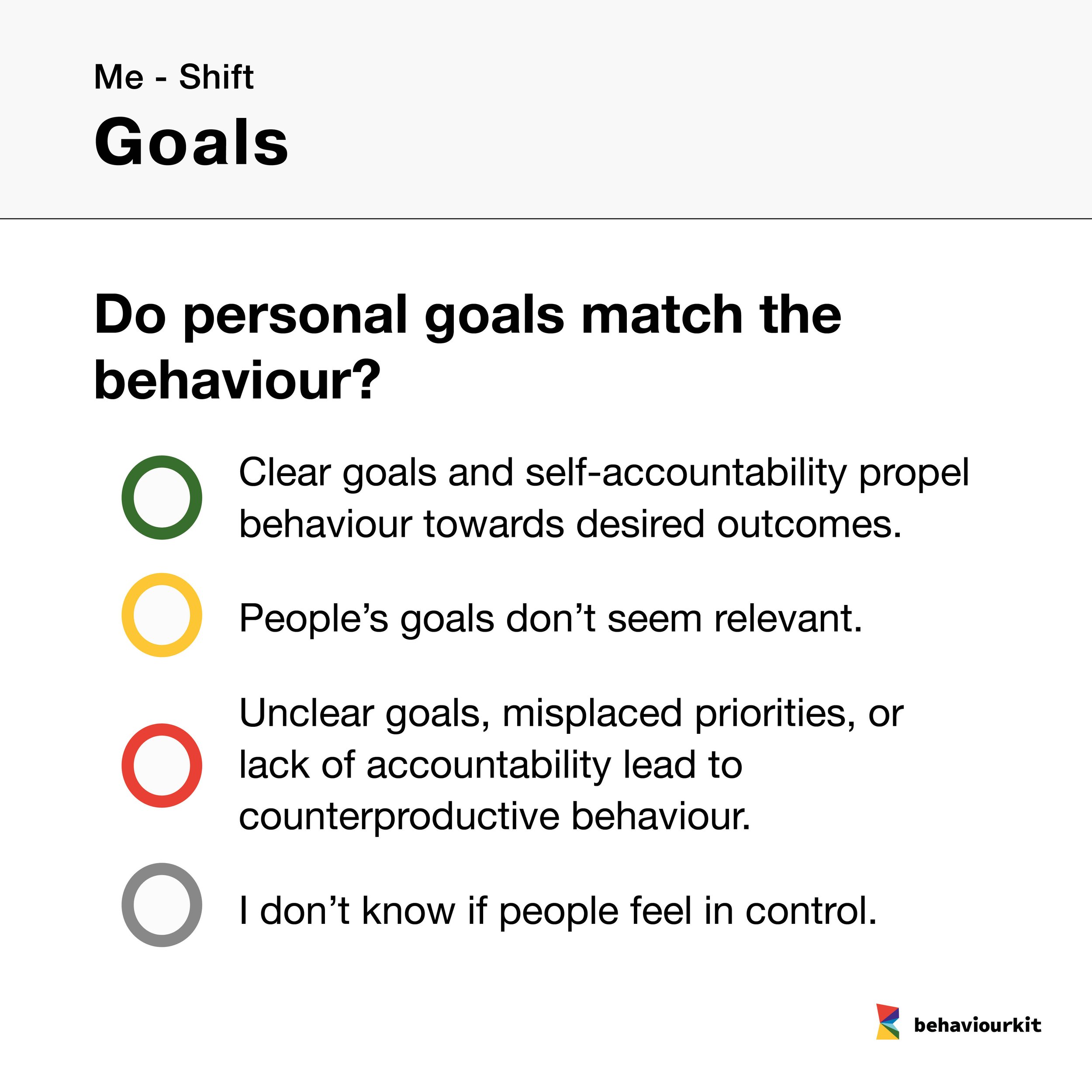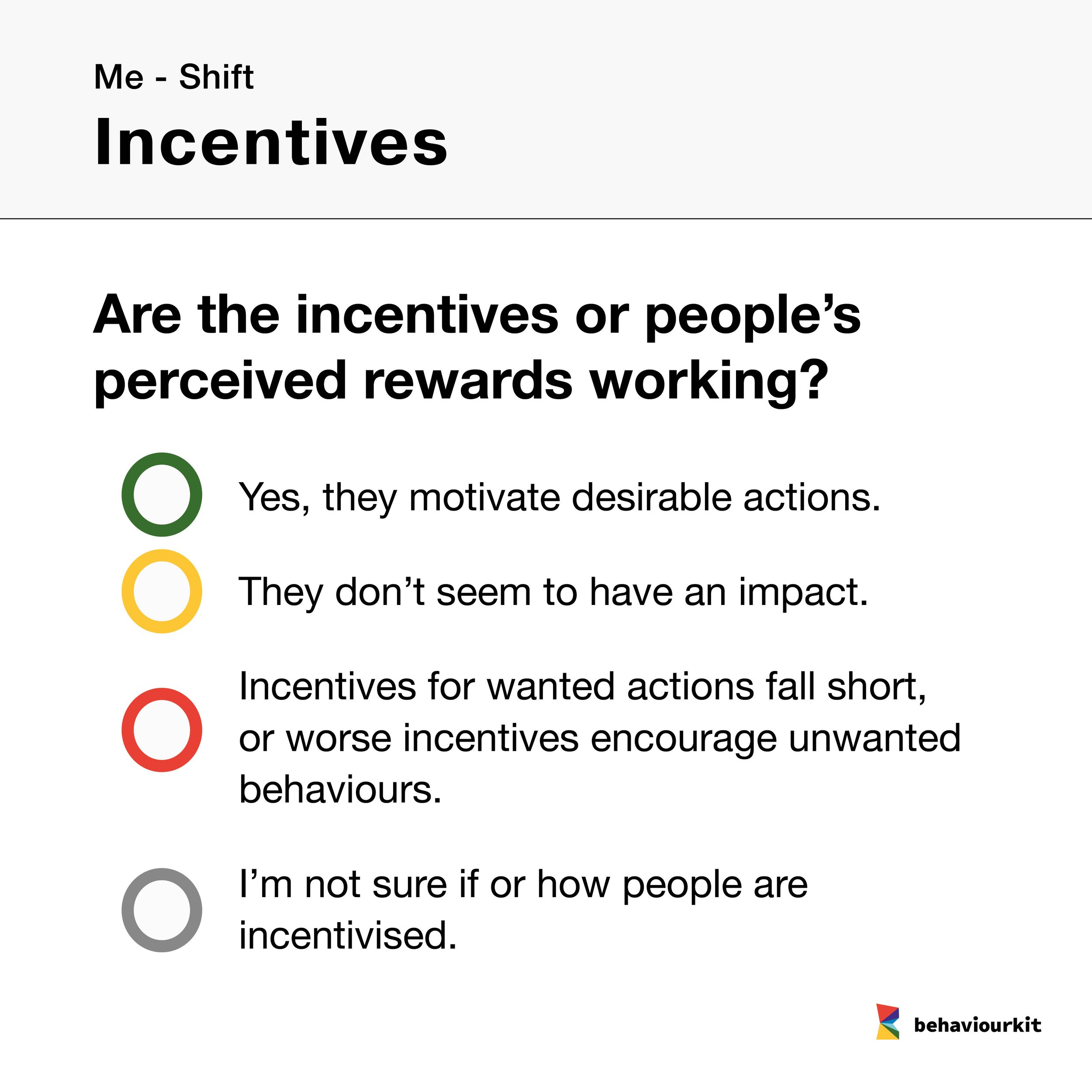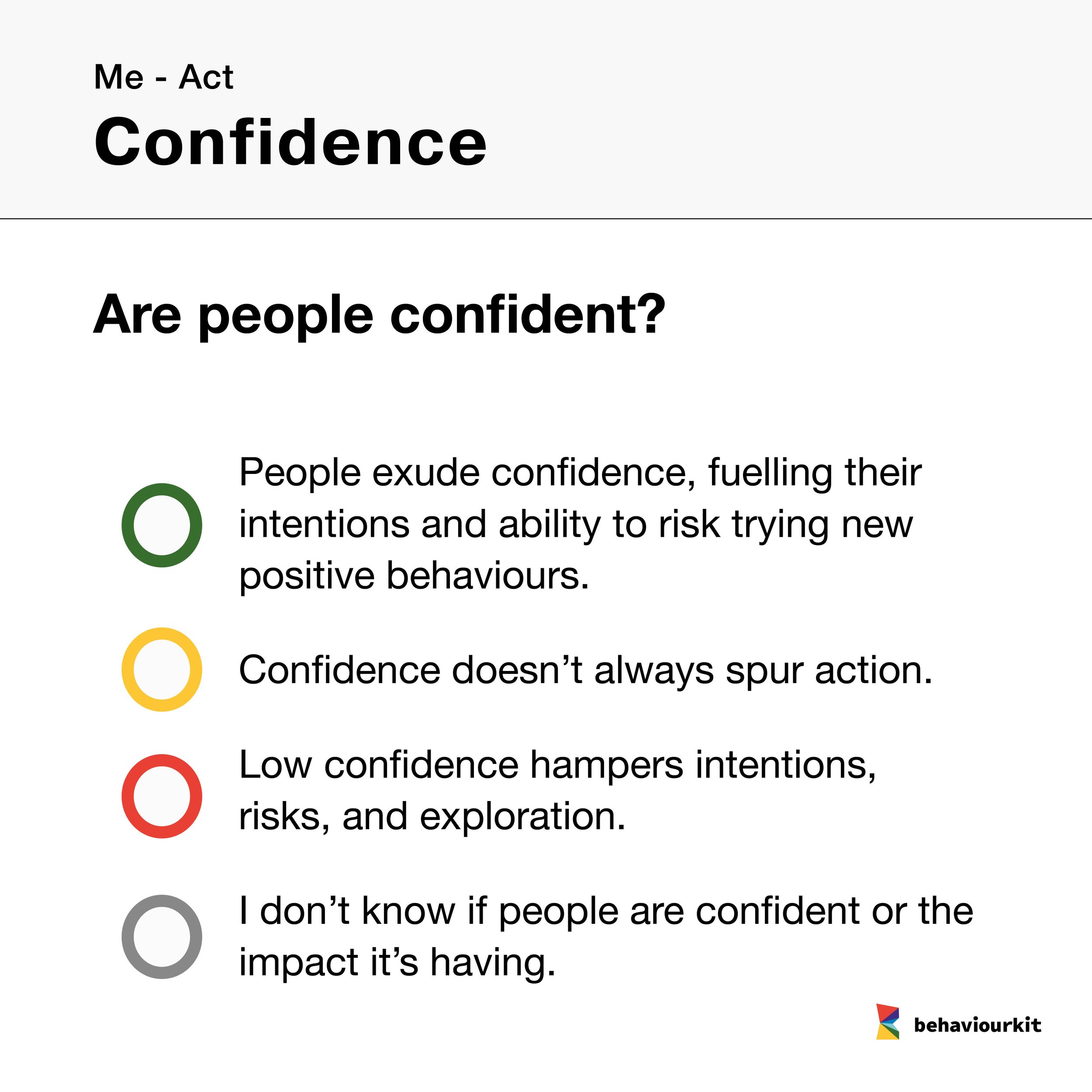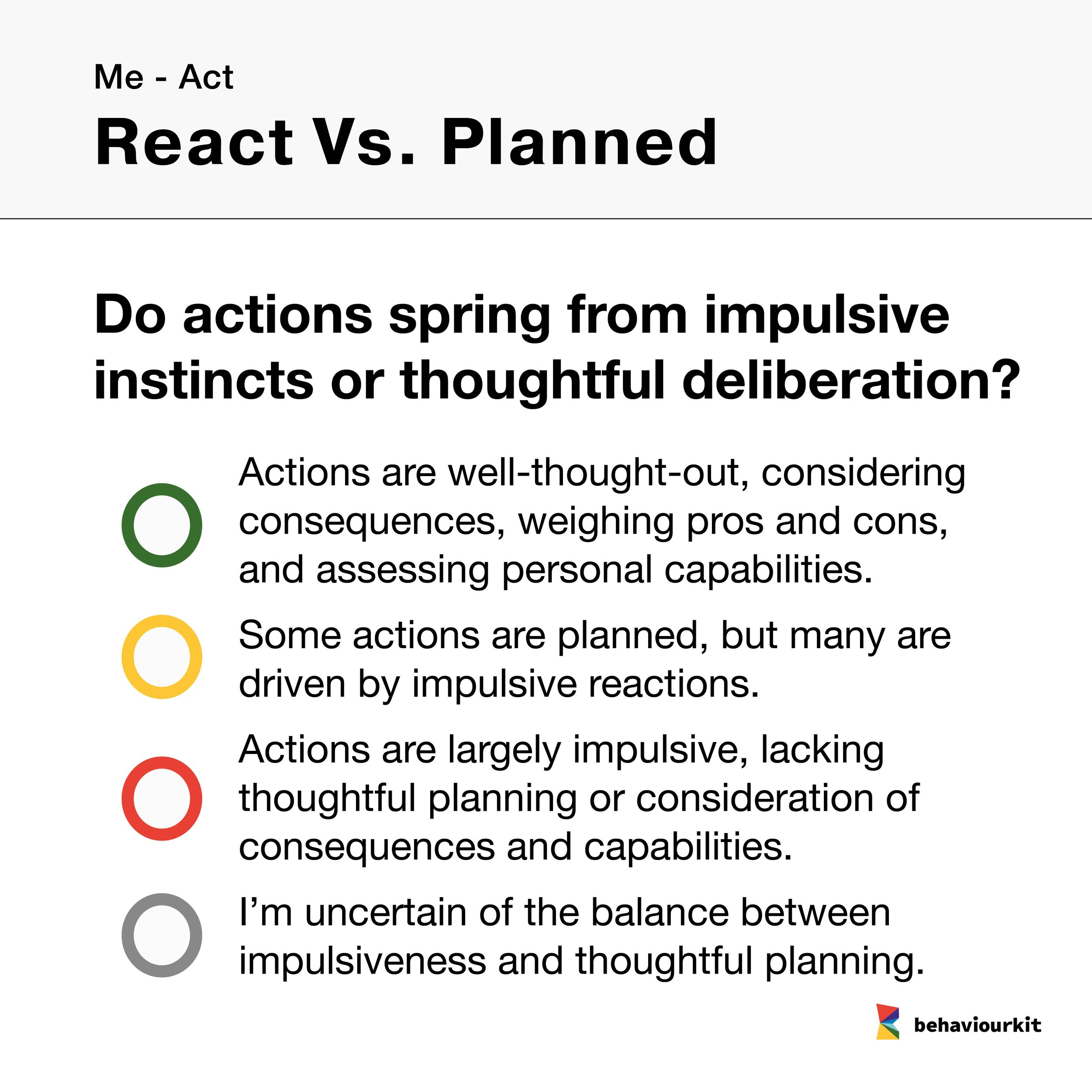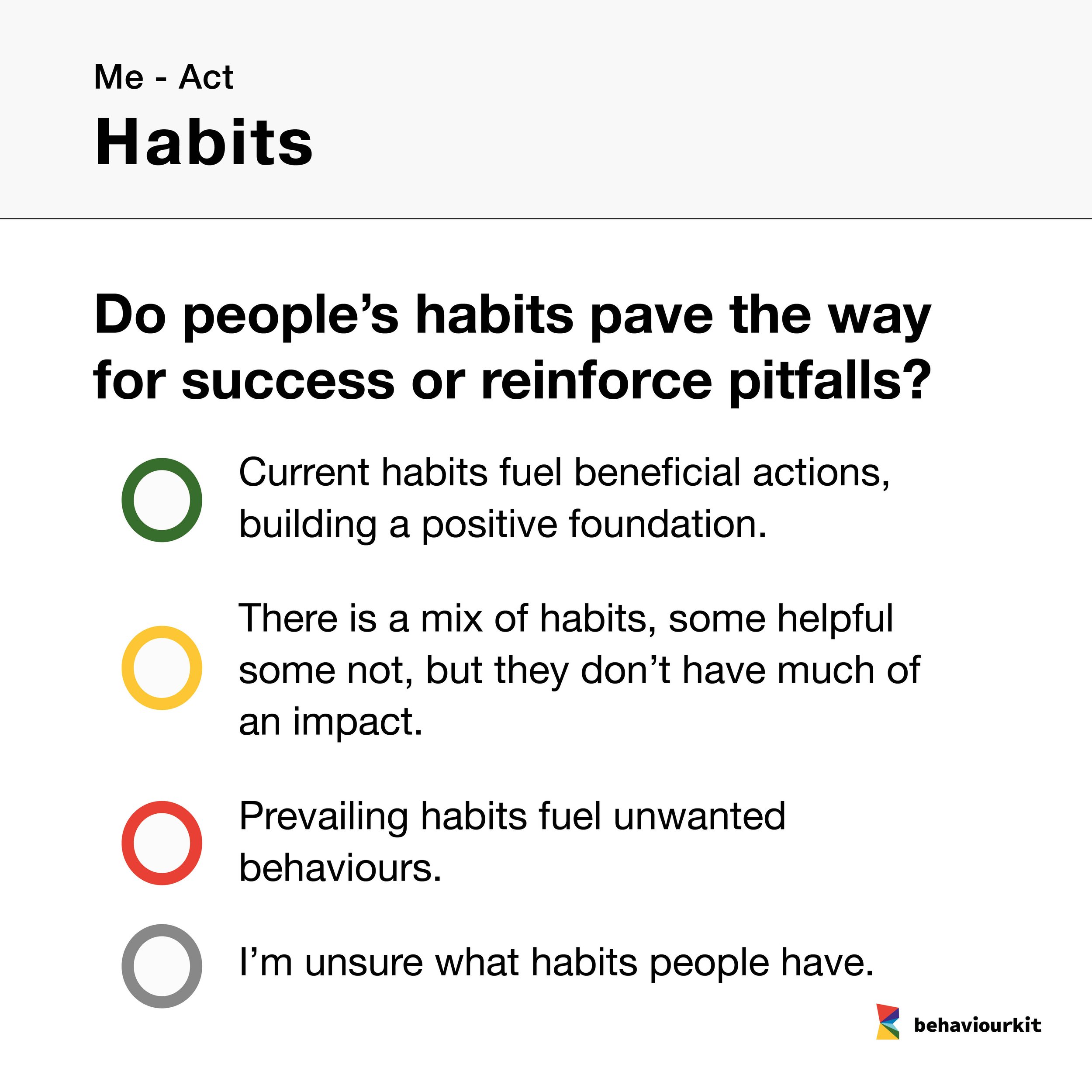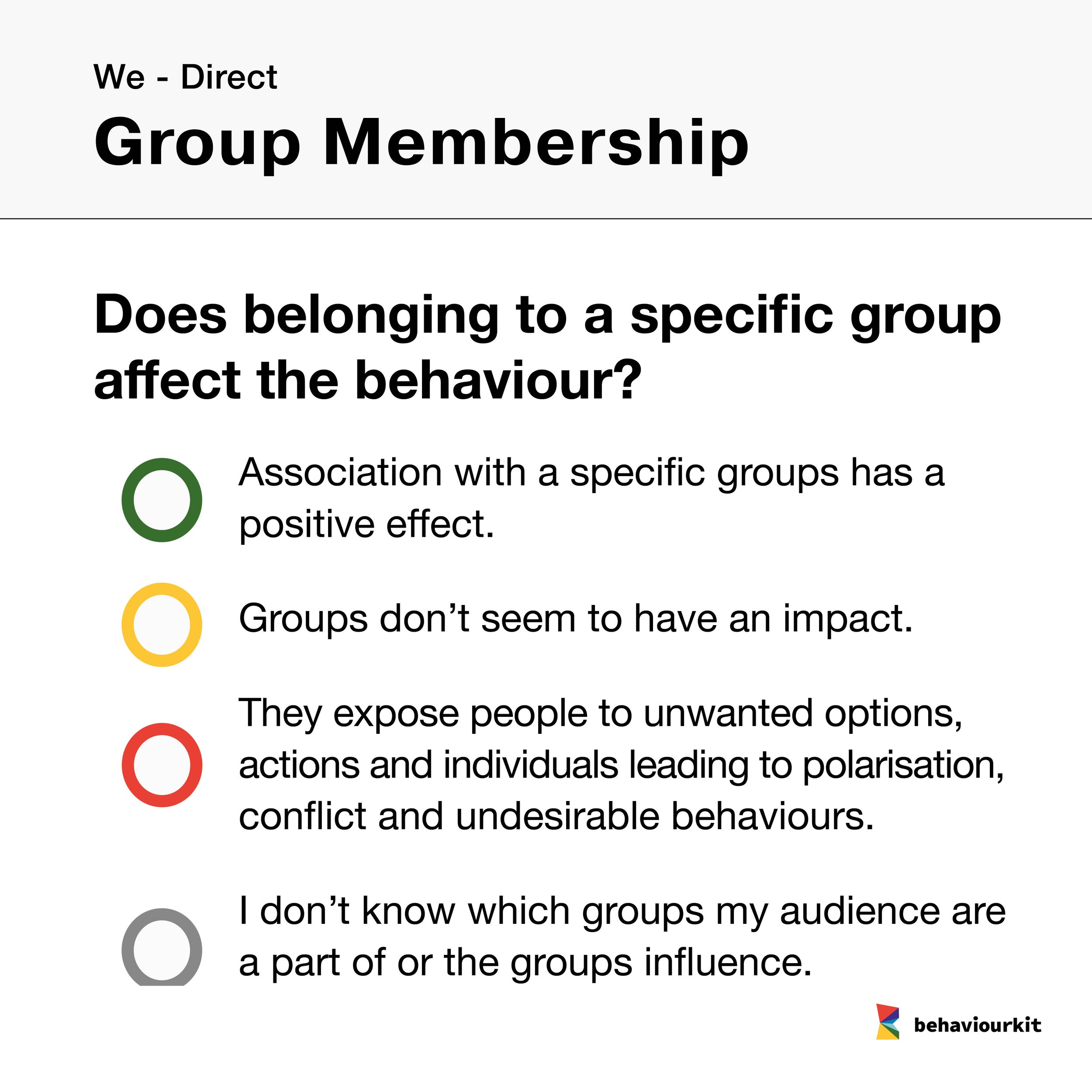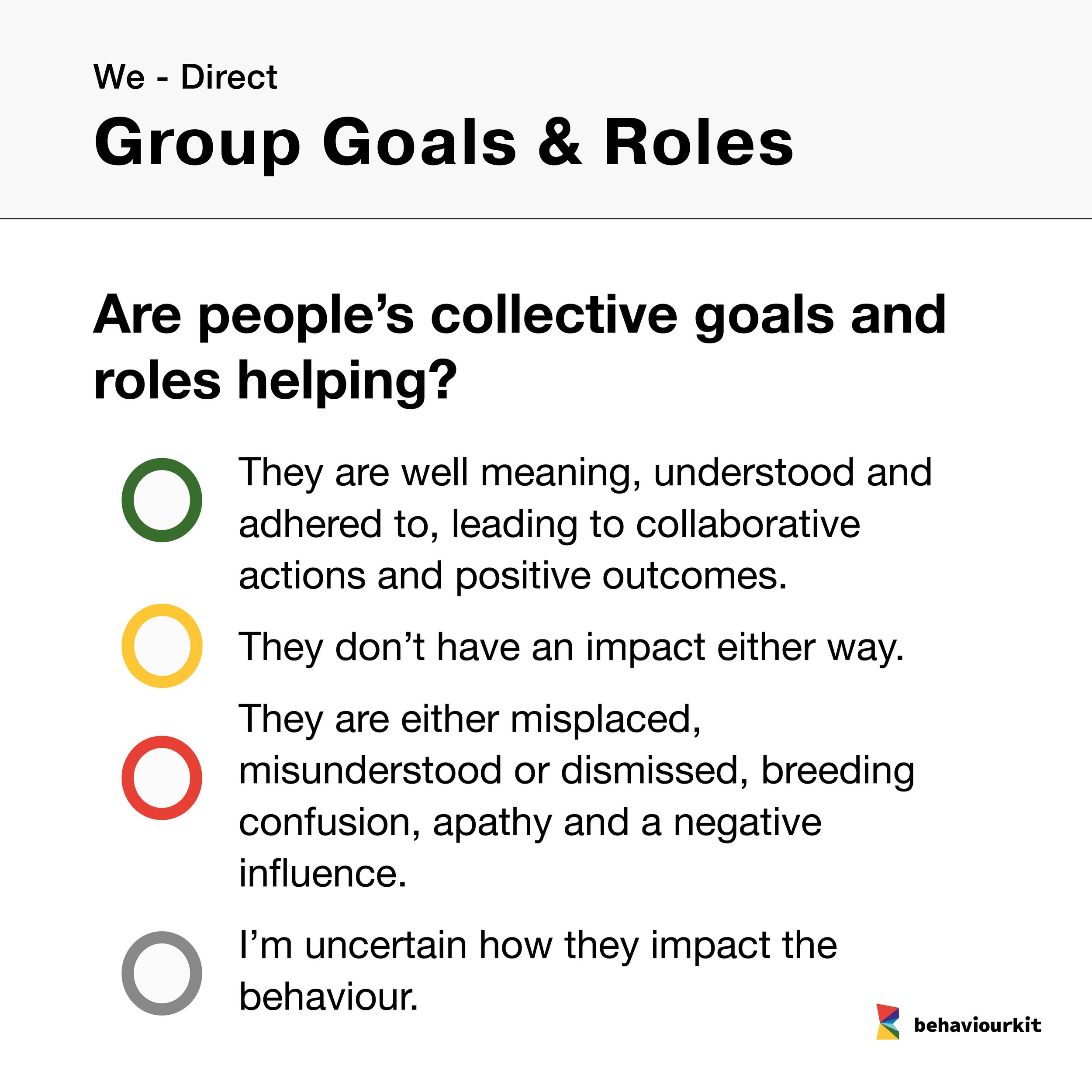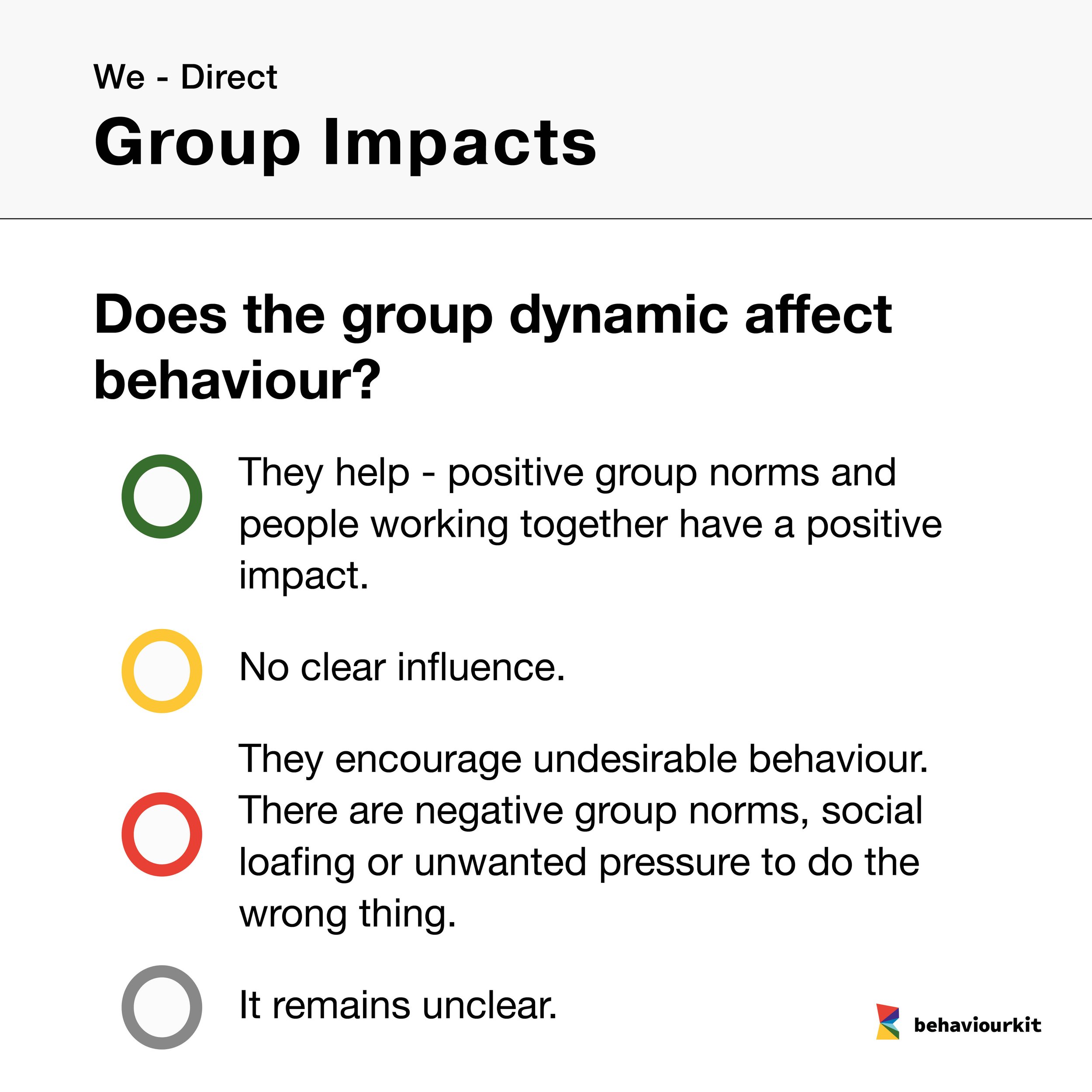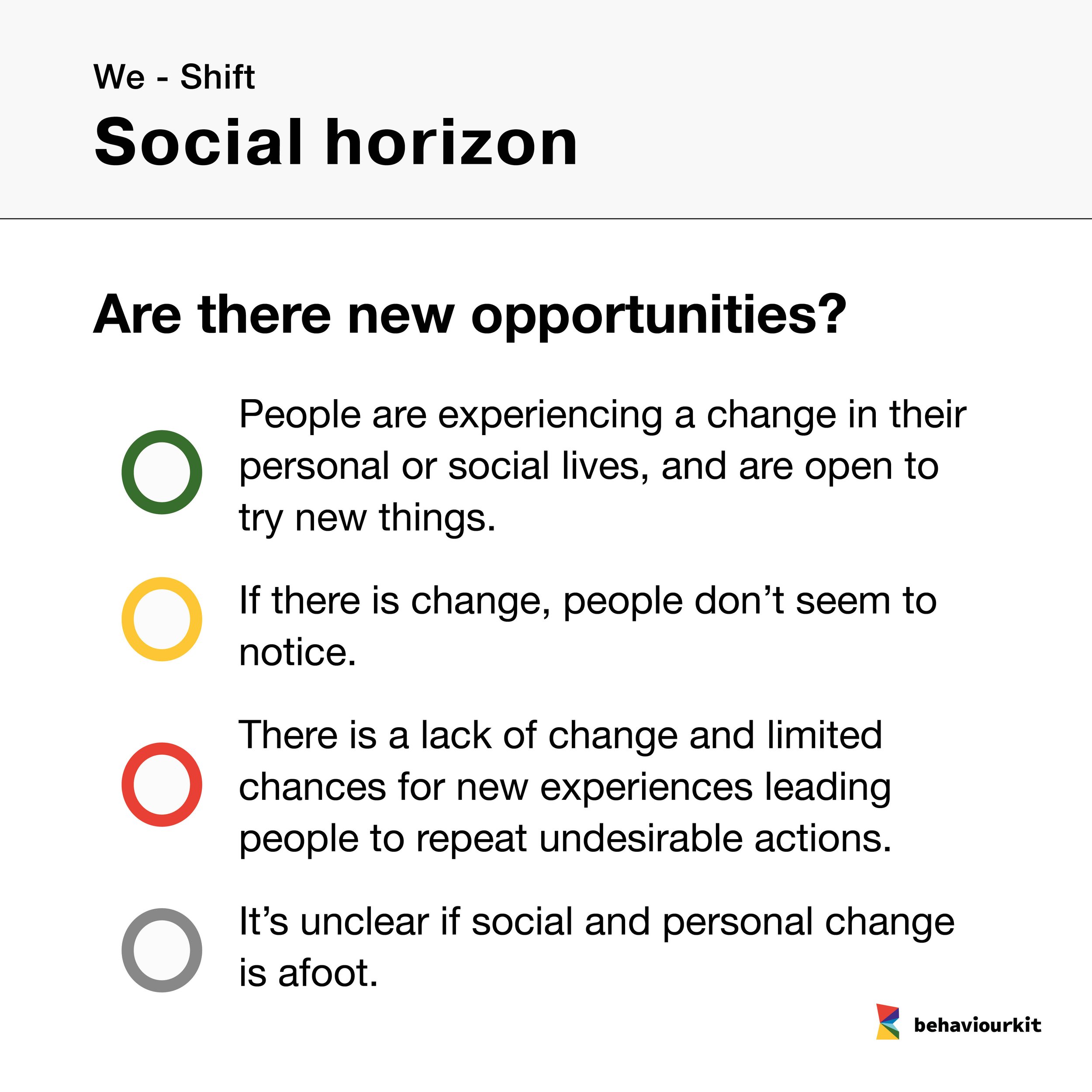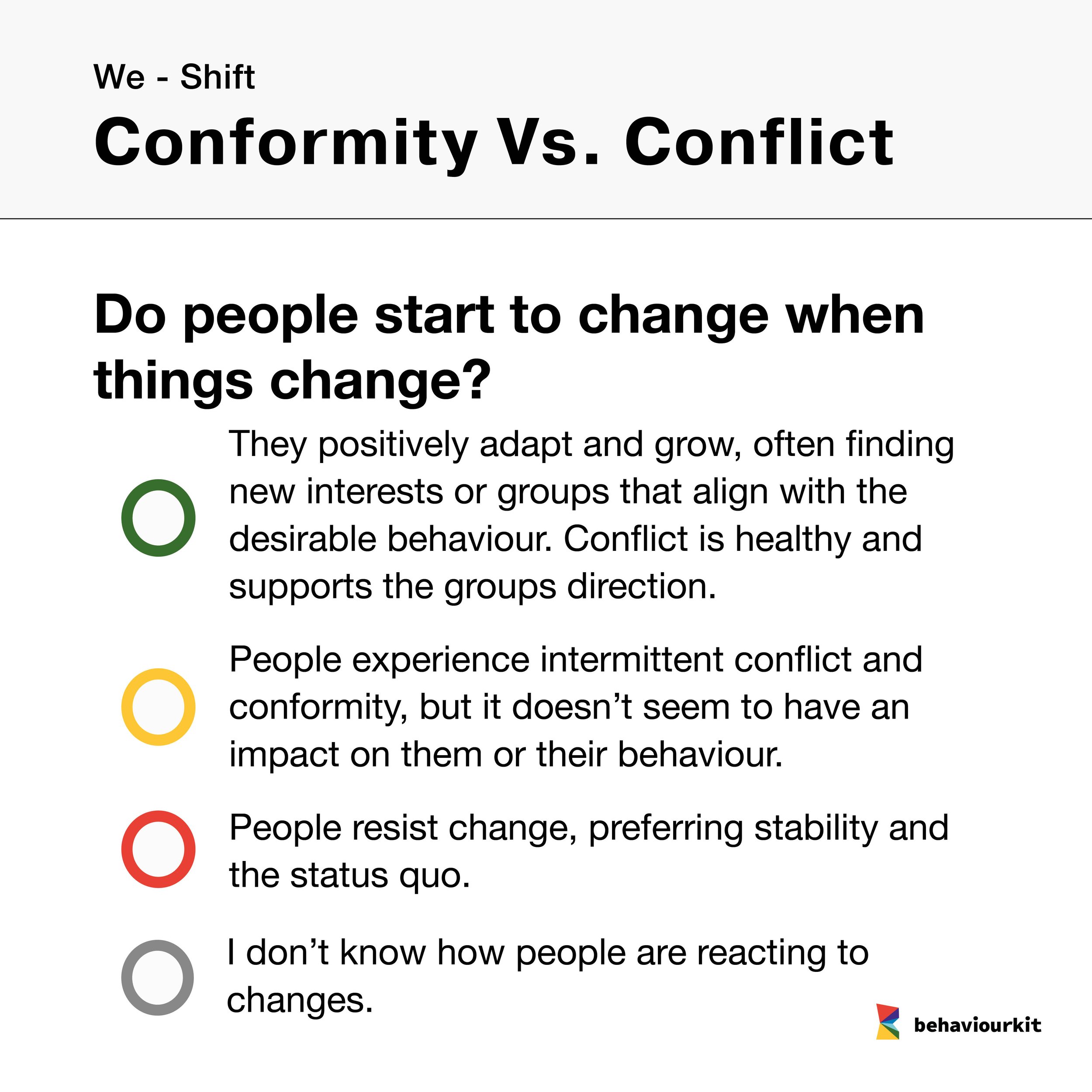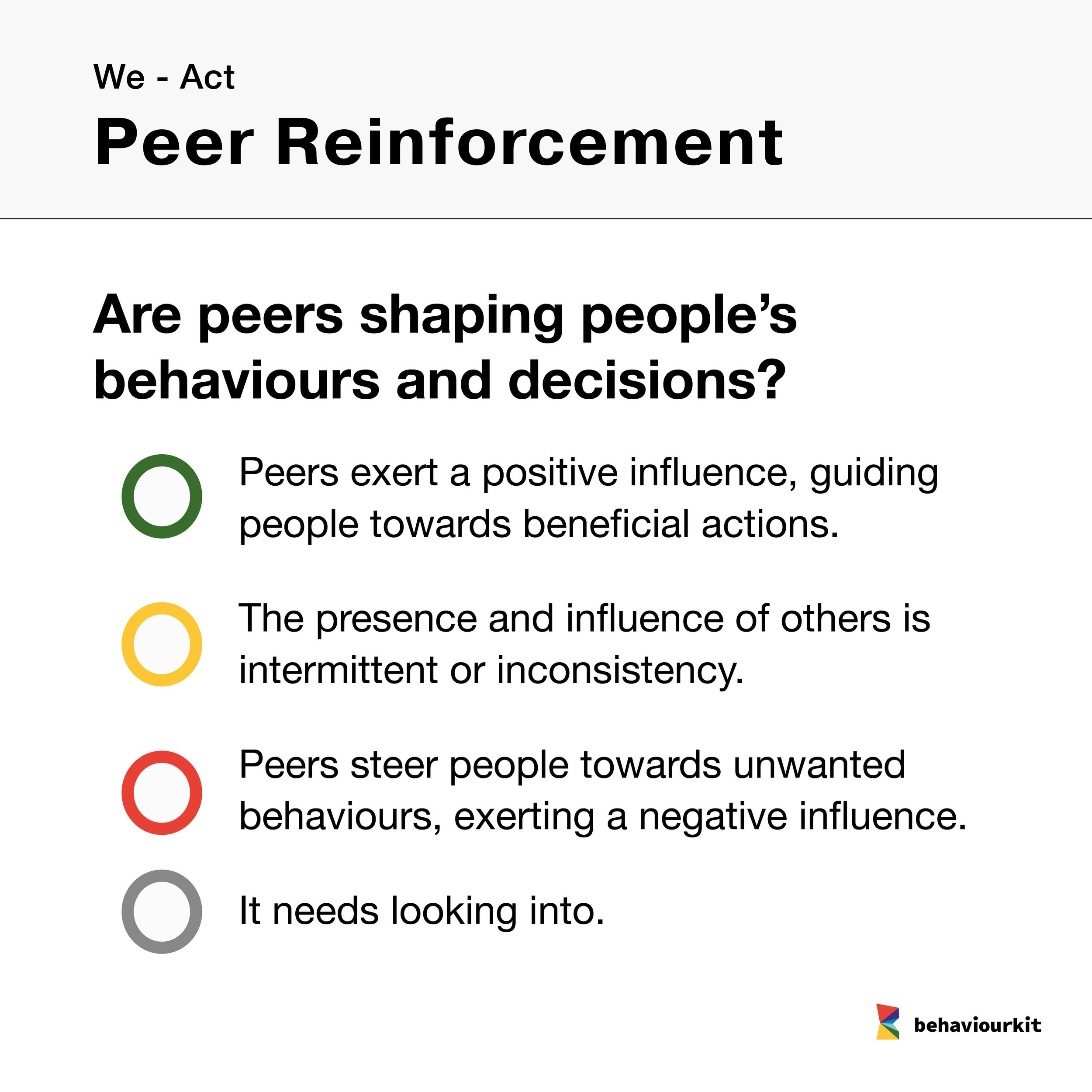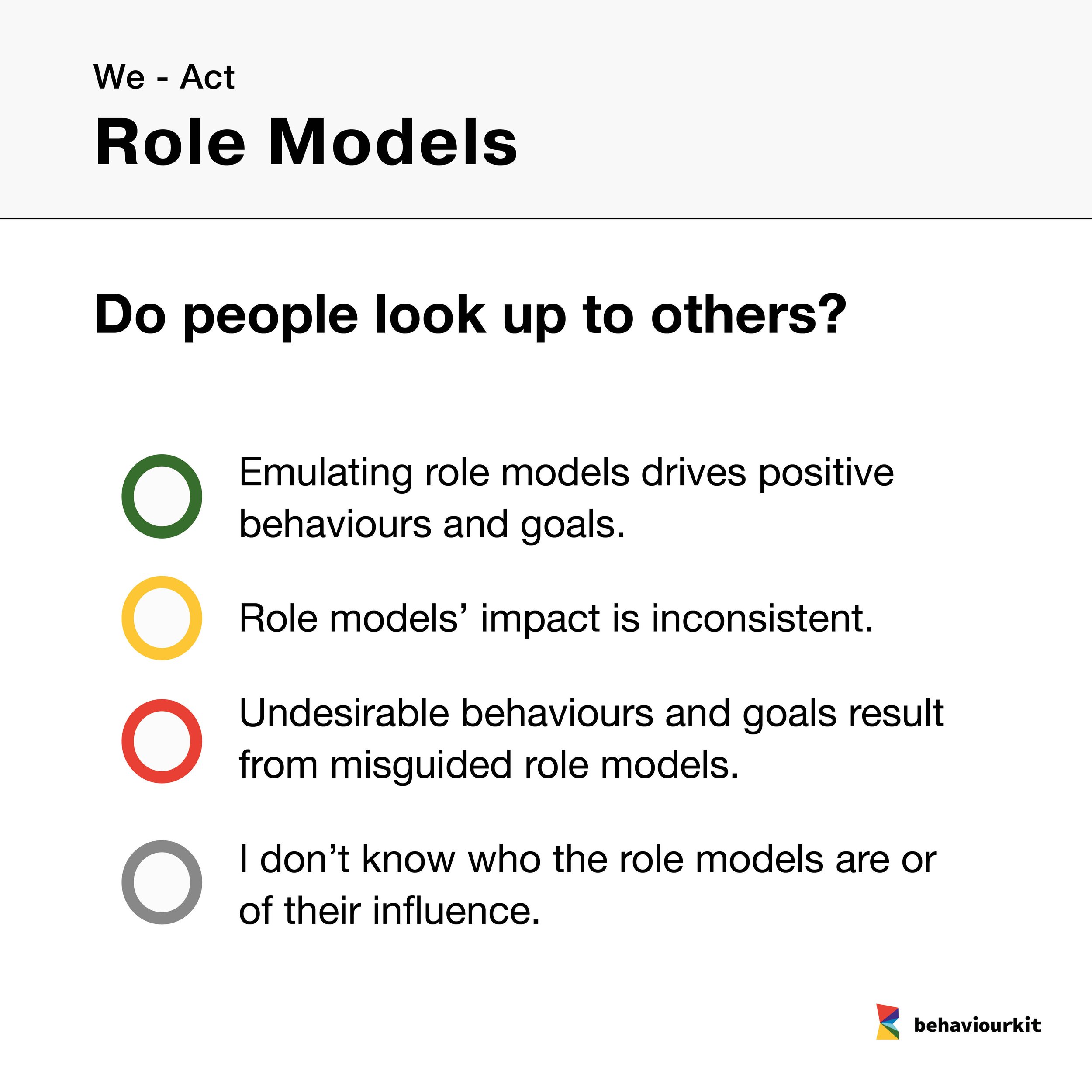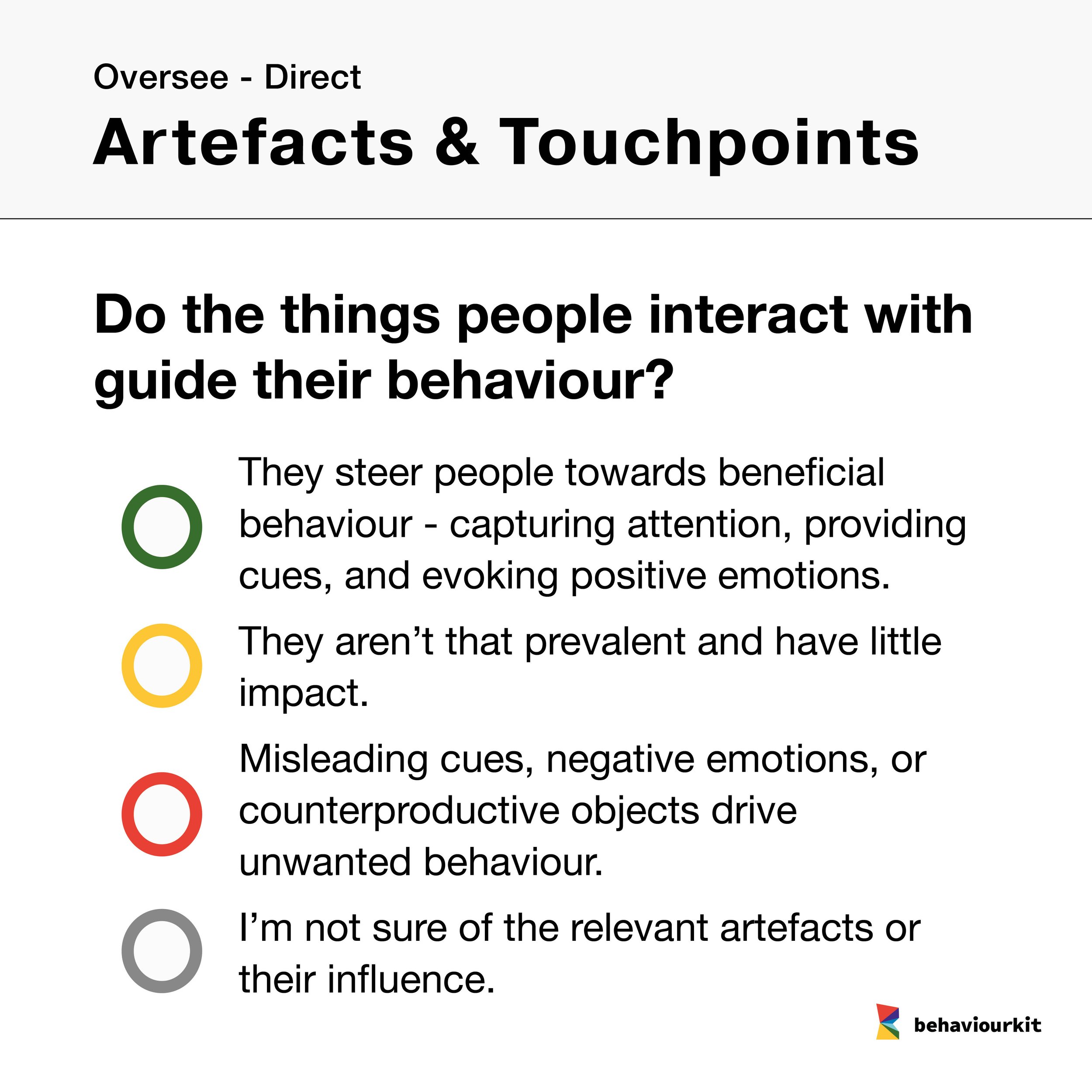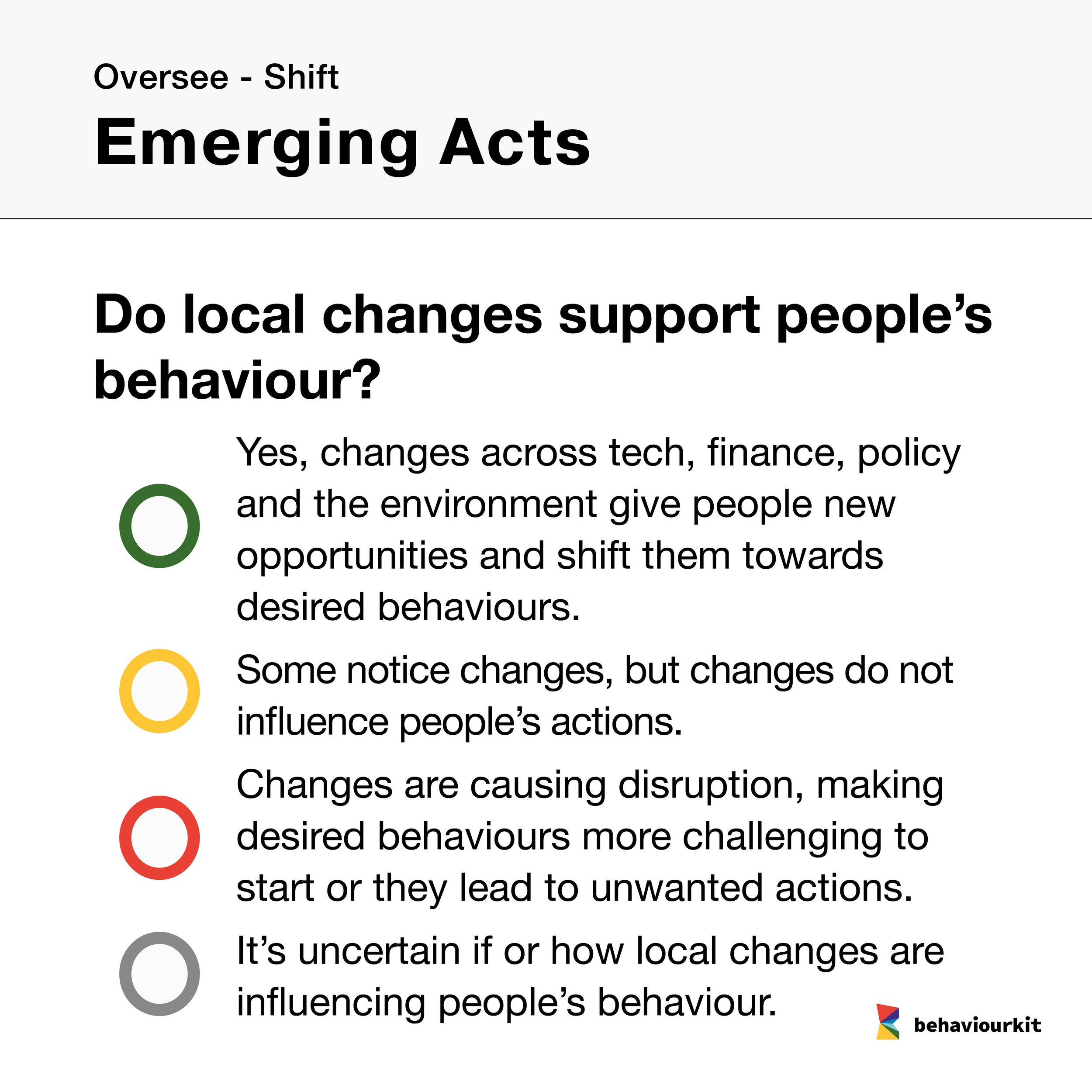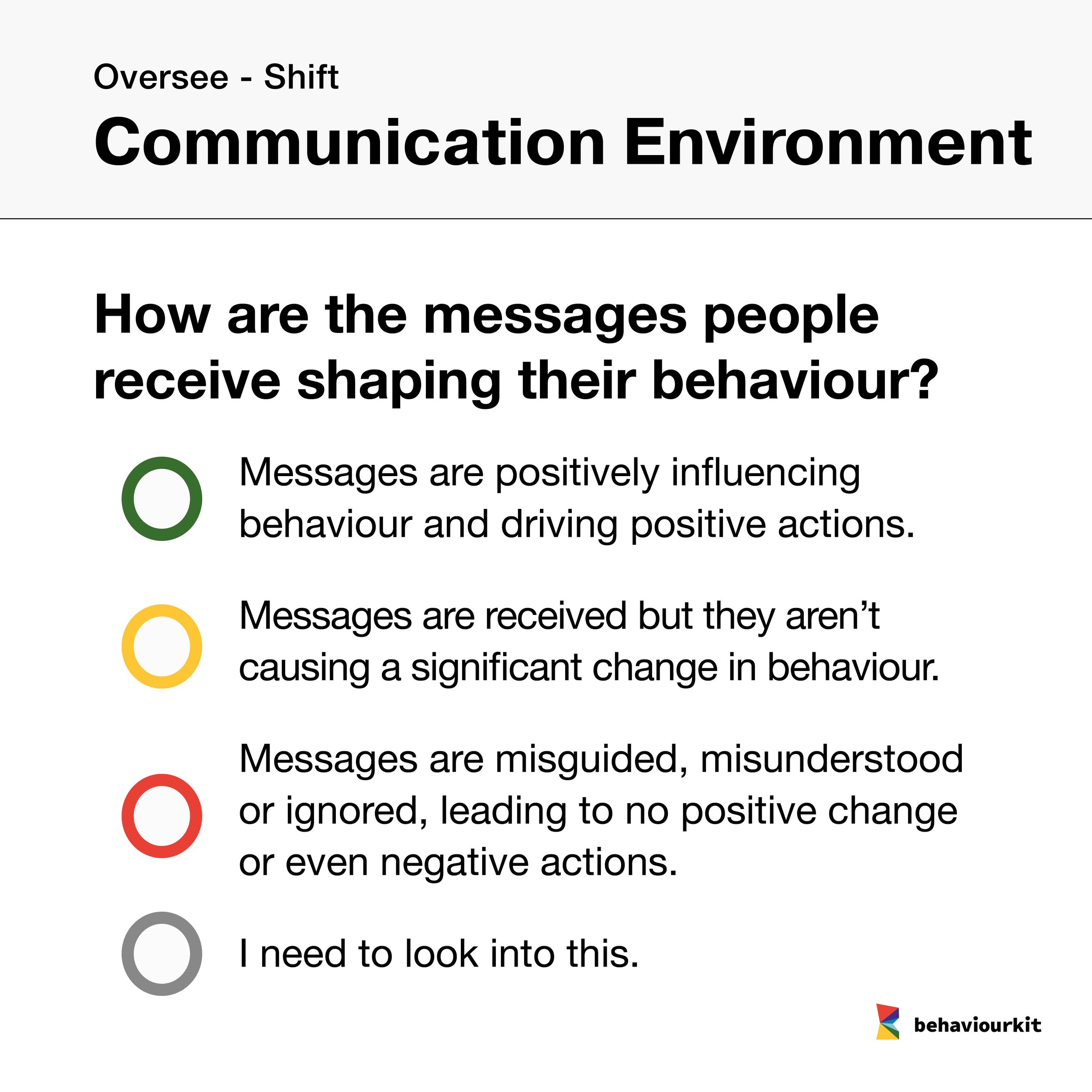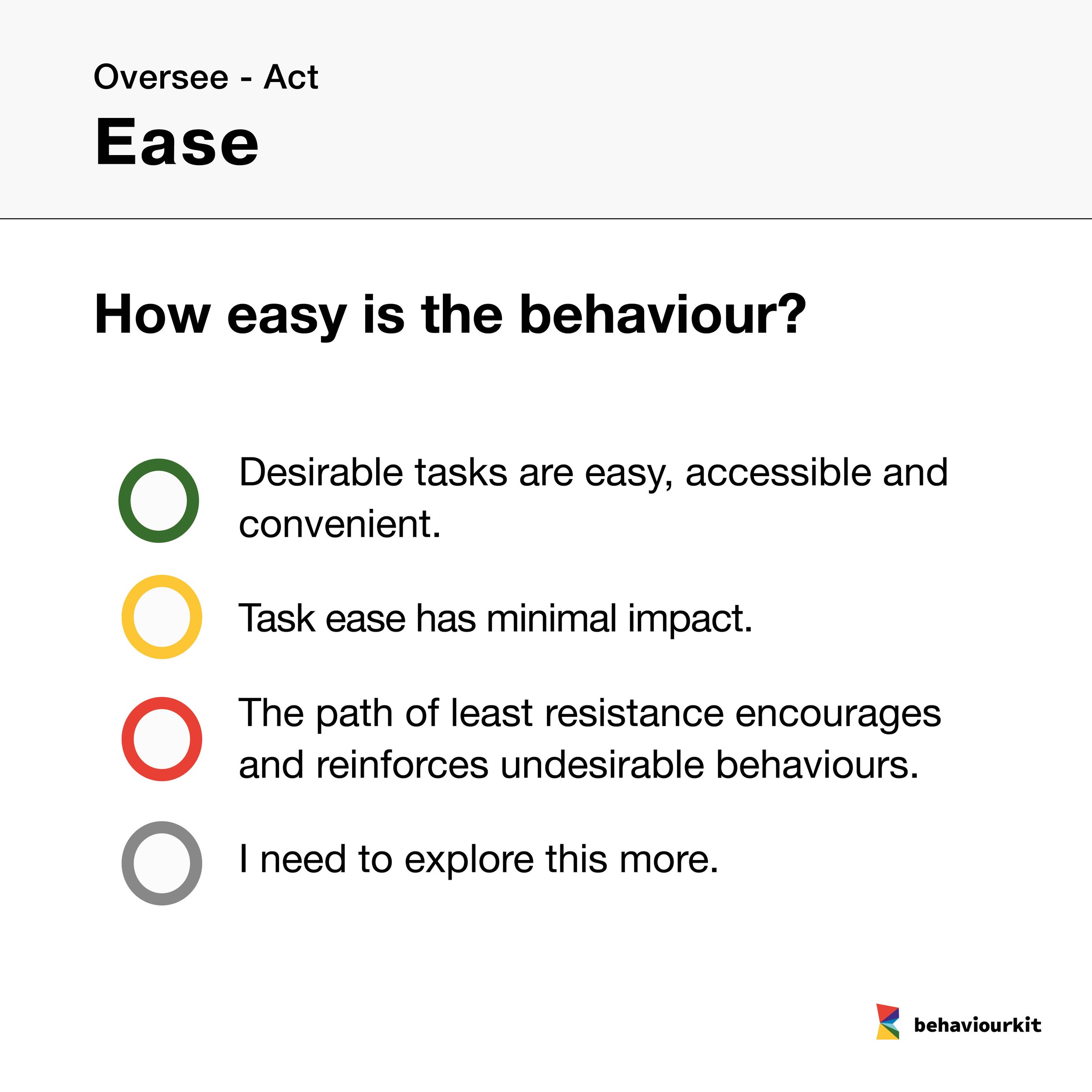The Drive Detector
The Drive Detector
Decode the universal drivers of behaviour using 25 key questions.
Useful for:
Understanding people and revealing your hidden unknowns throughout a project.
Project stage:
Discover
This tool is a comprehensive set of 25 carefully crafted questions aimed at decoding the core drivers of behaviour. It's a tool designed to lead designers and change-makers on a deep dive into understanding behaviour, allowing them to curate solutions or changes that resonate at a fundamental level with their target audience.
It’s useful for:
Unveiling Undercurrents: It's not just about what's visible; it's about tapping into the silent motivations, unspoken fears, and quiet hopes that drive action.
Behavioural Health Checks: Before implementing a change, understand the current behavioural landscape. What's working? What’s amiss?
Kickstarting Discover: An invaluable tool as you embark on discovery, allowing you to frame problems through a behavioural lens and plan your next steps.
Applications:
Behavioural Mapping: Understand the landscape of drivers and barriers that influence actions.
In-Depth Interviews: Venture beyond superficial answers, pushing the boundaries of traditional user research.
Design Strategies: Infuse behavioural insights into the design phase, ensuring your solutions are hardwired for success.
Important reminders:
Trust the Process: With 25 questions, the journey is elaborate. Each question is a piece of the puzzle. Respect the process.
Avoid Assumptions: Each individual is unique. Embrace the diversity of responses. Resist the urge to stereotype.
Listen Actively: It’s not just about the questions you ask but how intently you listen. Every sigh, pause, and inflection can offer insights.
STEPS
Phase 1: Understand Behaviour
Define Your Intent: Are you diagnosing, discovering, or evaluating a behaviour?
Ask:
- What are people currently doing that we want to understand more?Initiate Discussion: Review the 25 questions below. Start with the first question. Then go question by question. There isn’t a predefined order so you can use them as you see fit.
Engage & Reflect: Use each question to spark a discussion amongst your team, during research sessions, or individual reflections.
Suggestion:
- Ensure you're not just skimming the surface. Encourage stories, examples, and deeper exploration.Document As You Go: After discussing each question, note down the crucial insights and findings. This real-time documentation ensures no insight is lost.
TIP:
Utilise sticky notes, digital tools, or boards to visually track insights. This can aid in easier categorisation later.Classify Each Driver: Summarise the discussions pertaining to each question with a colour from the Traffic Light System:
Red: If the driver is obstructing or negatively impacting the behaviour.
Amber: If it's neutral or present but not having an influence.
Green: If it's facilitating or positively impacting the behaviour.
Grey: If there's uncertainty surrounding its influence.
Progress Sequentially: After classifying, move onto the next question. Repeat steps 2-4 until all 25 questions have been explored and classified.
Phase 2: Using Insights
Review & Discuss: Once all questions are addressed, review the classifications. A visual board can aid in this.
Ask:
- What patterns emerge?
- Are there more Reds than Greens?
- What could that imply?Translate Insights: Use the Traffic Light classifications to inform your next steps. This visual prioritisation helps allocate resources, attention, and strategies more efficiently:
Reds = Priorities that need immediate addressing.
Greys = Concerns. They are currently your hidden unknowns so you need to explore them further with additional research and exploration.
Ambers = Monitor as they can swing either way once your project starts.
Greens = Strengths to build upon and leverage.
Strategise the Path Forward: Combine the classified insights with project objectives. Develop a roadmap that addresses priorities, leverages strengths, probes unknowns, and monitors neutrals.
Traffic Light System
Red: Drivers that are being halted or negatively impacted. These are areas that need urgent attention, prompting the user to explore and address the underlying issues using various behavioural change patterns.
Amber: Neutral behaviours that aren't impacting the scenario significantly but could shift over time. These need monitoring.
Green: Drivers that are aiding the cause. They're positive and need to be maintained and possibly amplified.
Grey: Uncertainties. These are drivers or factors whose influence isn't clear. They warrant deeper research and understanding.
Derived from:
The Drive Detector is build on a behaviour change framework called The Drive Grid by behav. Positioned as a master framework behind reliable behaviours The Drive Grid™ provides a robust framework to explore, understand, and influence behaviour across your team, your customers, and your entire organisation. It is build on a number of behaviour change models and offers one of the most robust frameworks for understanding user and employee behaviour.

